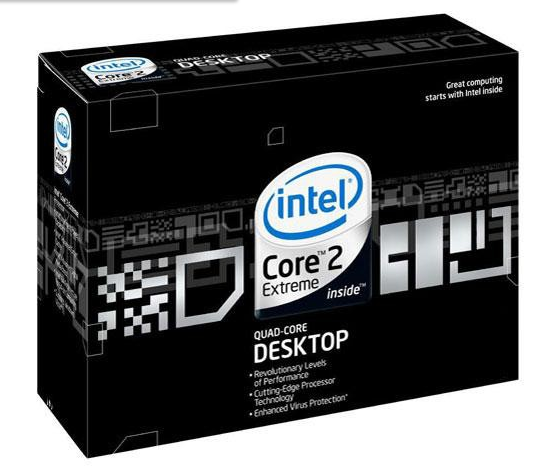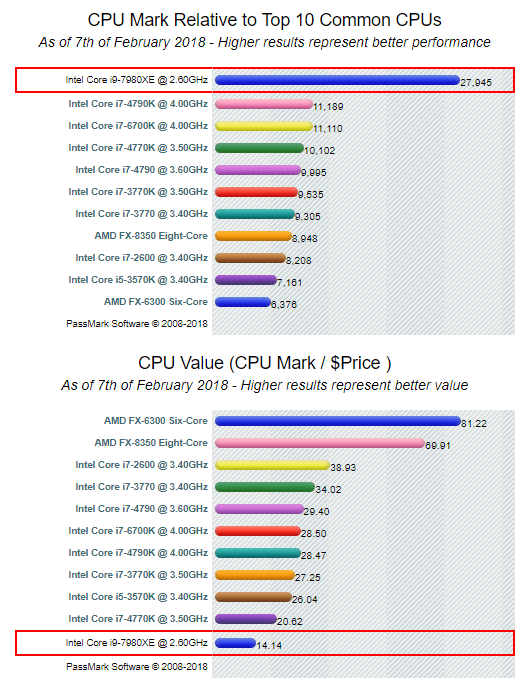

( Know more about L1, L2, 元 cache in laptops) It will make the CPU work hard for no reason.īecause of the 10nm technology, the 10th Gen i3 will consume less power compared to the 14nm on the 8th gen.īoth have a 4MB 元 cache.

It means, for the lightest tasks, the CPU has to work on 2.1GHz frequency all the time. In the case of 8th Gen, the base frequency is 2.1GHz. i3 8145Uĭue to the base frequency of 1.2GHz, the 10th gen processor throws less power on light tasks.įor example, if the laptop is in the ideal state, or if you are using light apps like notepad, then the CPU doesn’t have to use a lot of power.īecause of the base freq 1.2GHz, the CPU will use less freq (power) for such light tasks, which means the CPU doesn’t have to work hard on light apps. Let’s put it against the previous gen to get a clear idea of how powerful the 10th gen has become.


Our 2008 article Core 2 Nukes Atom on the Desktop compared an Atom 230 against a very basic Core 2 Duo E7200. Whether we're talking about the processor, chipset, or platform, the full range of products, from Core i3 to Core i7, is consistently more expensive than AMD’s portfolio. Although today's Core offerings deliver higher performance, lower power consumption, and thus, much improved efficiency over their Core 2 predecessors (as well as the AMD competition), Intel's mainstream chips carry higher overall costs. Intel’s desktop processor lineup also requires a critical view.


 0 kommentar(er)
0 kommentar(er)
